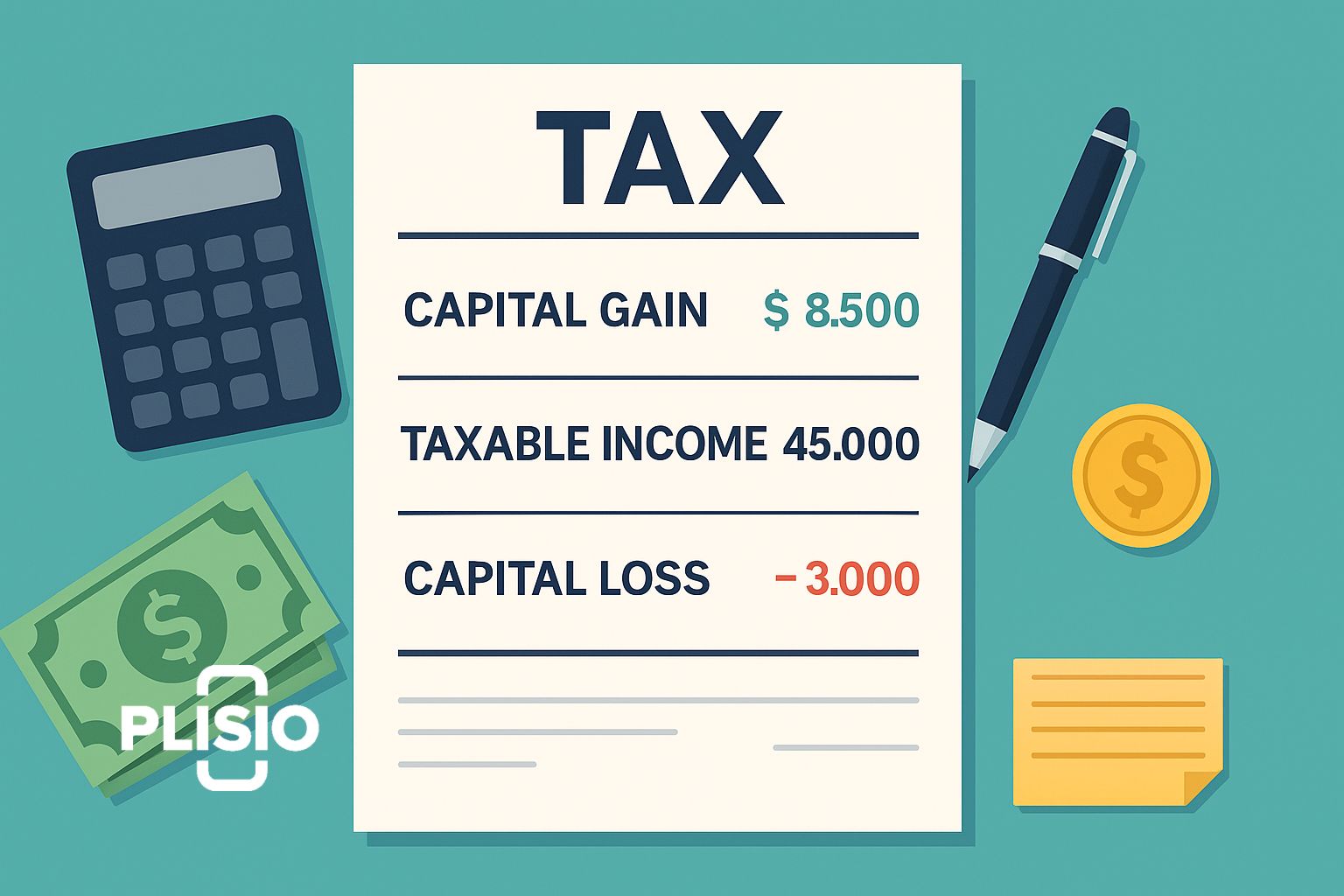Unrealized Gains or Losses: Tax Implications and Investment Strategies

In the complex and dynamic world of personal finance and investing, the concept of an unrealized gain or unrealized loss is critical to understanding your portfolio's actual value, potential growth, and future tax responsibilities. While many investors focus on their account balances or the latest market trends, fewer consider the significant implications that unrealized gains and losses can have on financial decisions and taxable income.
This article explores what these terms mean, how they differ from realized gains, how they affect your capital gain and capital loss reporting, and how smart planning can minimize your capital gains tax and overall tax burden.
Definition and Examples of Unrealized Gain or Loss in Investments
An unrealized gain represents an increase in the market value of an investment or security that has not yet been sold. It is called “unrealized” because, although the asset has appreciated in value, no profit has been taken.
For example, if you purchased a stock for $1,000 and it rises to $1,500, you have an unrealized gain of $500. This gain is not subject to capital gains tax until you sell the asset and convert it into a realized gain.
On the other hand, an unrealized loss occurs when the value of your security falls below its original purchase price. These gains and losses, until sold, are referred to collectively as unrealized gains and losses.
Why Understanding Unrealized Gains and Capital Gains Tax Matters
Understanding the difference between unrealized gain or loss and realized outcomes is essential for:
- Making informed investment decisions.
- Estimating future tax obligations.
- Managing taxable income effectively.
- Planning for retirement or large expenses.
While unrealized gains do not immediately trigger tax payments, they can dramatically affect your future financial picture. If you suddenly decide to sell multiple appreciated assets, the resulting realized gains can bump you into a higher tax rate bracket.

Realized Gain vs. Capital Loss: Impact on Tax and Income
When an investment is sold for more than its purchase price, the profit is a realized gain. The capital gains tax owed depends on how long the asset was held:
- Short-term capital gains (held <1 year): taxed at your ordinary income rate.
- Long-term capital gains (held >1 year): taxed at favorable capital gains tax rate.
If the asset is sold for less than its purchase price, a realized loss occurs. This capital loss can be used to reduce your taxable income, either by offsetting gains or, in some cases, reducing income tax directly up to a certain limit.
Here’s a breakdown of how gains and losses affect your taxes:
|
Type of Gain/Loss |
Holding Period |
Tax Treatment |
|
Unrealized Gain |
Any |
Not taxed until realized |
|
Unrealized Loss |
Any |
Not deductible |
|
Realized Gain (Short) |
< 1 year |
Taxed as ordinary income |
|
Realized Gain (Long) |
> 1 year |
Taxed at capital gains tax rate |
|
Realized Loss |
Any |
Deductible, up to limits |
Managing Investment Tax Strategies for Unrealized Gains and Losses
To reduce your tax burden while maximizing your investment return, consider these strategies:
A. Delay Realization:
- Hold appreciated assets to defer taxes.
- Plan sales during years with lower income to benefit from a lower tax rate.
B. Use Tax-Loss Harvesting:
- Sell losing investments to offset gains.
- Reduce your taxable income using up to $3,000 in net losses per year.
C. Allocate Wisely:
- Place high-growth assets in tax-advantaged accounts.
- Choose low-dividend or tax-efficient funds in taxable accounts.

Factors to Consider Before You Realize Capital Gain or Loss on Investments
Imagine you’re managing a diversified portfolio and one of your stocks has tripled in value. Should you sell it? That depends on your goals, tax bracket, and time horizon. Here are some practical factors to consider:
Numbered List – Consider Before You Sell:
- Your current income tax bracket and expected future bracket.
- The capital gains tax implications if the asset is sold.
- Whether other capital losses can offset the gain.
- Your investment goals and need for liquidity.
- The performance outlook of the security.
Even if you have a large unrealized gain, it may be smarter to hold if you anticipate a lower tax rate later or if the asset still has growth potential.
Advantages of Understanding Capital Gain, Tax Rate, and Investment Timing
- Helps avoid surprise tax bills.
- Enhances long-term investment planning.
- Enables smarter capital gain timing.
- Allows for strategic tax-loss harvesting.
- Provides control over when you pay taxes.
Conclusion: Integrating Unrealized Gains or Losses into Tax and Investment Planning
Managing unrealized gains and losses is not just about numbers on a screen—it’s about smart decision-making. Whether you’re sitting on a significant unrealized gain or evaluating the risks of an unrealized loss, your ability to understand and respond to the tax implications can influence your financial future.
Consider working with a financial advisor or tax professional to tailor your investment strategy, take advantage of favorable tax treatments, and avoid costly surprises. Remember, when you decide to sell, it’s not just a financial choice—it’s a tax event too.




